Network
Discover How Our Advanced IoT Network Solutions Can Transform Your Business.
How it Works*
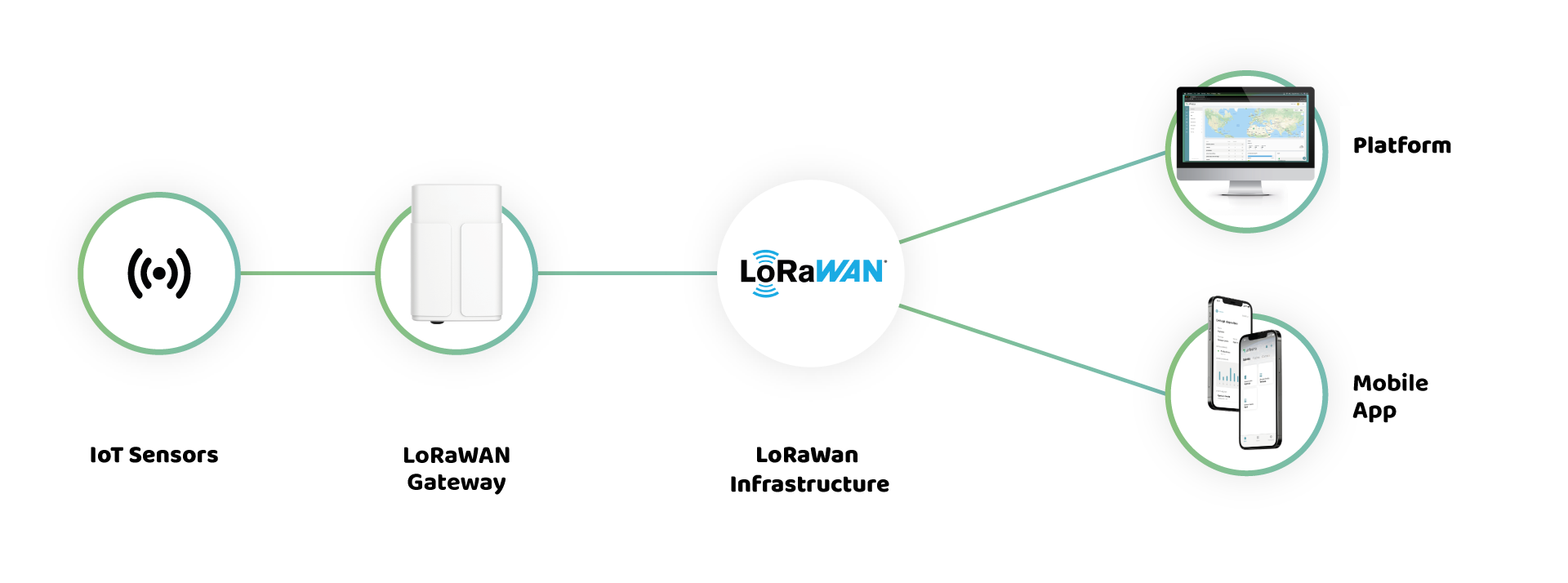
Step 1: The IoT Sensors collect data from the environment.
Step 2: The LoRaWAN® Gateway transmits data from sensors to the network.
Step 3: The LoRaWAN® Infrastructure manages data transmission and network operations.
Step 4: The network can be monitored and controlled by users using the Urbana IoT Platform and/or Mobile App.
*Using LoRaWAN® technology as an example
Why LoRaWAN®?
- Coverage Adaptability: LoRa® technology uses Chirp Spread Spectrum for excellent long-distance performance.
- Communication Platform: Nodes communicate via gateways to the network server.
- Open and Scalable System: LoRaWAN® standard ensures security and future integrations.
Other Technologies
- NB-IoT: Licensed spectrum, long-range, better indoor penetration.
- LTE-M: Licensed spectrum, suitable for mobile and stationary IoT applications with low latency.
- Bluetooth: Short-range, ideal for consumer electronics and personal area networks.
- WiFi: High-speed, short to medium-range, suitable for high data rate applications.
Discover How Our Software and Hardware
Integrate with the Network
Software
At Urbana, our laboratory leverages the latest technologies for software development, ensuring rigorous management of software configuration control, automated testing, and seamless production releases. Our development process is rooted in the AGILE and SCRUM methodologies, enabling rapid product releases with continuous feedback and collaboration across teams.

Field Devices
Urbana specializes in designing IoT sensors tailored to specific application cases. With extensive technical expertise and a broad network of partners, we ensure the optimal selection, installation, configuration, testing, and validation of hardware and infrastructure components.
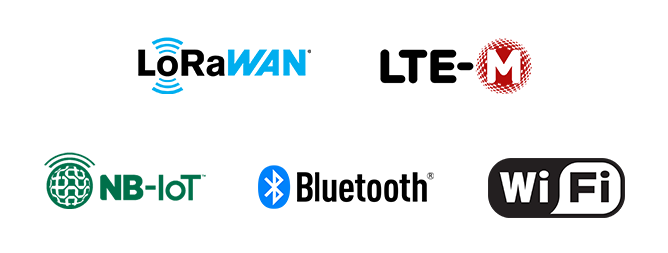
Wireless Network
For project success, Urbana selects the best network protocols based on the application domain. We integrate various network technologies, optimize application payload transmission, and conduct performance analyses to ensure perfect usability.
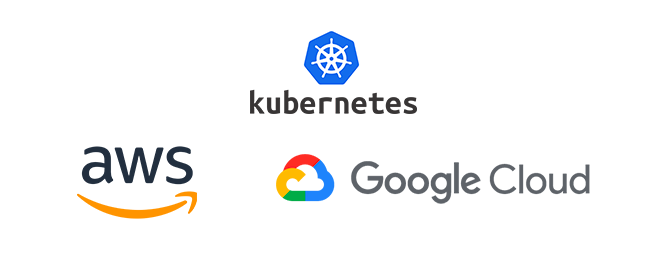
Cloud Platform
Urbana develops microservices software architectures on cloud-agnostic containers. We design and develop architectural solutions, perform make-or-buy assessments for system components, and create Infrastructure as Code (IaC) solutions.

Data Integration
Urbana integrates analytics, AR, AI, third-party systems, and legacy systems to meet all customer requirements. We design and develop complex software integrations for real-time streaming data management.
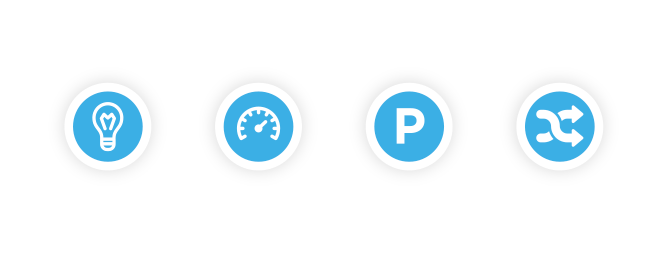
Urbana Solutions
Urbana Smart Solutions leverages its software and hardware design expertise to offer IoT solutions that digitize processes, improve operational efficiency, and reduce management costs in the Agriculture, Utilities, Smart City, and Building markets.

Custom Solutions
Urbana designs and implements highly usable, high-performance custom web-based solutions. We utilize responsive web technologies and design mono/cross-platform mobile applications using modern technologies.
Hardware
What sets Urbana apart is our unique integration of IoT platforms with a dedicated Hardware and Firmware development lab. We design and develop devices and sensors, managing the entire process from initial analysis to prototyping. Our lab is equipped with advanced software suites for electronic and mechanical design (PCB, schematic, routing, mechanical design, etc.), allowing us to conduct thorough testing, integration, and certification (CE, FCC, RCM, TUV) for various markets and applications.
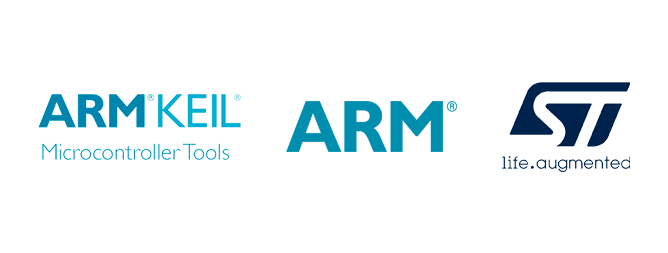
Microcontroller Unit (MCU)
The initial phase involves gathering product requirements and defining technical specifications. Choosing the right microcontroller architecture is crucial as it impacts project timelines, material procurement, firmware compatibility, and development speed. Urbana uses reliable ARM architectures and STMicroelectronics components to ensure long-term support and efficiency.
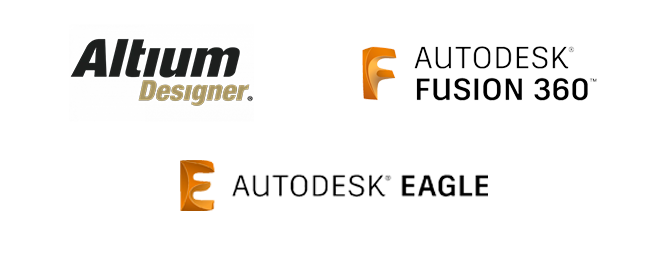
Hardware Design
During the hardware design phase, CAD software is used to create wiring diagrams and project layouts. Utilizing well-supported software ensures high interoperability and easy maintenance of project files, facilitating smooth hardware development.

Network Interfaces
After hardware development, the firmware phase begins, implementing the required functions for the application layer. This involves defining the payload protocol for data transmission between the device and the network. Parallel development of the cloud application is possible, thanks to established protocol agreements, ensuring seamless integration.

Prototyping
Prototyping is a critical step, involving PCB production, assembly, and performance and safety testing. This phase ensures that the devices meet design specifications and are ready for further testing and validation.

Testing & Validation
The testing phase verifies the physical and data integrity of the product prototype. This includes functional verification, data format adherence, protocol compliance, and physical robustness. Firmware development and software testing are finalized, ensuring compatibility and integration with the platform.

Certification & Production
Once the prototype passes testing, the certification phase begins. Depending on the device type, customer requirements, and target markets, necessary certifications (e.g., IP, CE, FCC) are obtained. After certification, the devices are ready for industrialization and mass production.
Frequently Asked Questions
How long do the batteries in IoT sensors last?
The batteries in our wireless sensors typically last for about 5 years, depending on usage and environmental conditions.
Are the sensors difficult to install?
No, our sensors are designed for plug-and-play installation, making them easy to set up without the need for specialized technical intervention.
What kind of network protocols do you use?
We use various network protocols including LoRaWAN®, NB-IoT, LTE-M, Bluetooth, and WiFi. The choice of protocol depends on the specific application requirements, such as range, power consumption, and data rate.
How does Urbana ensure data security?
Urbana ensures data security by implementing advanced security measures across all network protocols. This includes encryption, secure data transmission, and robust authentication mechanisms to protect data integrity and privacy.
Can your solutions integrate with third-party systems?
Yes, our solutions are designed for seamless integration with third-party systems, including analytics platforms, augmented reality (AR), artificial intelligence (AI), and legacy systems. This ensures comprehensive coverage of customer requirements.
What is the development process for your software?
Our software development process follows the AGILE and SCRUM methodologies. This approach allows for rapid product releases, continuous feedback, and iterative improvements through close collaboration between different teams and stakeholders.
What certifications do your devices have?
Our devices undergo rigorous testing and obtain necessary certifications based on the type of device, customer requirements, and target markets. These certifications include IP (Ingress Protection), CE (Conformité Européenne), FCC (Federal Communications Commission), radiation compliance, fire safety, hardware quality controls, and stress tests.
